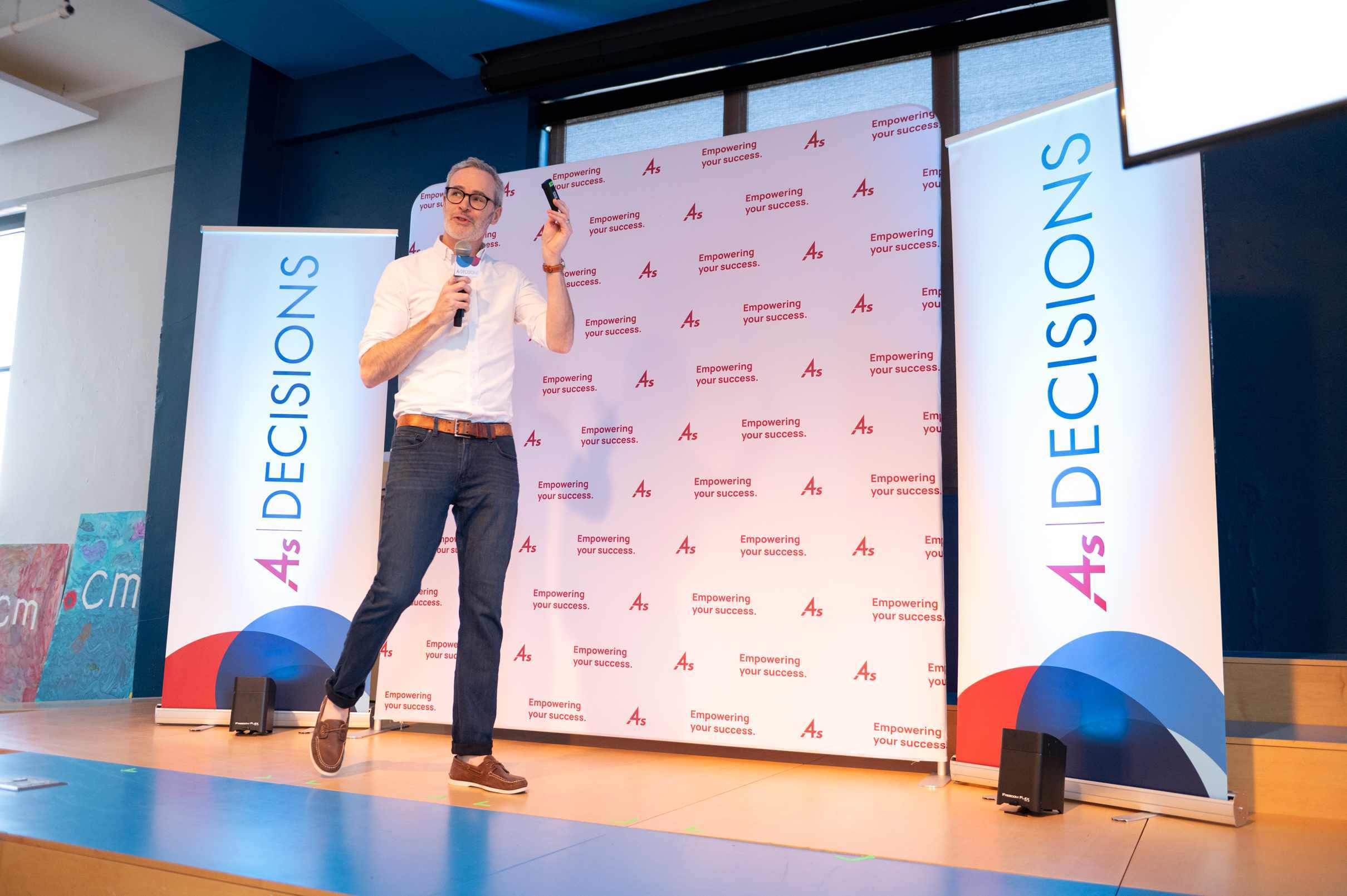What You Need
Starting your own company can be an exciting, yet complicated and overwhelming experience. And while you have probably spent most of your focus and energy on securing that first client, there are several legal tasks and types of insurance coverage that you are required to have in place before opening shop.
Your first step should be hiring a corporate lawyer to set up your agency as a legal entity. If you are setting up the agency as a partnership or corporation (anything other than a sole proprietorship) you should end up with the following documents in hand:
Articles of Incorporation: Declares the type of entity, state of operation, classes of stock, and number of shares.
Shareholders Agreement: Discusses the rights and obligations shareholders have in situations like the sale of the company, or sale of stock.
Corporate Bylaws: Guide by which the board operates
Next you will need the proper corporate and employee insurance coverage — some statutory, some necessary, and some voluntary. When considering employee insurance, understand that in order to attract and retain talent, you will need to create an employee benefits package that is competitive with industry standards.
Required Insurance
Necessary Insurance
Voluntary
(but probably required to create a competitive employee benefits package)
Speaking of a Retirement Plan, you might want to call it a necessary benefit, as almost every employee will expect it to be part of the benefits package.
A Retirement Plan need not be expensive to maintain or difficult to administer. A little homework done ahead of time will cut down on the time required to get a plan up and running. There are several questions that you should ask yourself before going through the process of designing the plan, such as "Who do I want to offer the plan to?"
To see a list of some questions to ask yourself click here.
At this point your heart is racing and your blood pressure is through the roof.
Don't stress, we'll get you the best deal in the market with the 4As discounts. And you don't need to hire a bunch of different experts to get through this, because you have access to a team of experts at 4As Benefits.
Close your eyes and take a deep breath. You don't have to bite off all of these at once, and we'll hold your hand and make sure you make it to the other side with your sanity AND your hair.


